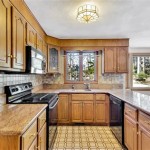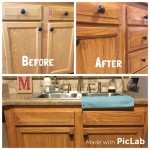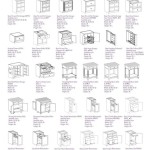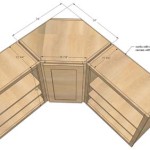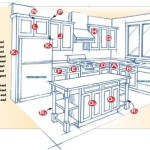How High to Fit Kitchen Wall Cabinets
Determining the ideal height for your kitchen wall cabinets requires careful consideration to ensure functionality, aesthetics, and safety. Several factors contribute to the optimal placement of these cabinets, including your height, the available space, and the overall design of your kitchen. Here's a comprehensive guide to help you find the perfect height for your kitchen wall cabinets:
Step 1: Determine Your Height
Start by measuring your height. Stand upright and have someone measure the distance from the floor to the underside of your outstretched fingertips. This measurement will serve as the basis for calculating the ideal height of your wall cabinets.
Step 2: Calculate the Base Height
The base height is the distance from the floor to the bottom of your countertop. Standard kitchen countertops are typically installed at a height of 36 inches. Subtract 18 inches from this measurement to get your base height of 18 inches.
Step 3: Set the Height of the Bottom of the Cabinets
Most wall cabinets have a standard height of 30 inches. To set the height of the bottom of the cabinets, add the base height (18 inches) to the height of the cabinets (30 inches). This gives you a measurement of 48 inches, which is the ideal height for the bottom of the wall cabinets for most people.
Step 4: Adjust for Your Height
If you are significantly shorter or taller than average, you may need to adjust the height of the wall cabinets. For every inch you are shorter or taller than the average height (6 feet), adjust the measurement by one inch. For example, if you are 5 feet 5 inches tall, you should subtract 1 inch from the 48-inch measurement, resulting in a bottom cabinet height of 47 inches.
Step 5: Consider the Space Available
Check the available space between the top of the cabinets and the ceiling. Allow for at least 18 inches of clearance between the top of the cabinets and the ceiling to prevent any obstructions when reaching for items on the top shelves.
Step 6: Choose Cabinets with Adjustable Heights
Consider opting for cabinets with adjustable heights, especially if you are unsure about the exact placement. These cabinets allow you to fine-tune the height after installation, ensuring a perfect fit for your needs.
Step 7: Final Considerations
Once you have determined the ideal height for your kitchen wall cabinets, consider the following additional factors:
- Aesthetics: Ensure the cabinets align visually with other elements in your kitchen, such as windows, doors, and countertops.
- Functionality: Make sure the cabinets are accessible and easy to use, especially for frequently used items.
- Safety: Avoid placing cabinets too high, as this can be hazardous when reaching for items on the top shelves.
By following these steps, you can determine the optimal height for your kitchen wall cabinets, creating a functional, aesthetically pleasing, and safe space in your home.

What Gap Do I Need Between The Worktop And Bottom Of Wall Units

Diy Kitchen Quality Designer

Wall Unit Fitting Adjustments Diy Kitchens Advice

Installing Cabinets On Site Modular Units Wall

What To Know About Installing Kitchen Cabinets And Drawers Remodeling 101 Remodelista

How To Install Kitchen Cabinets Diy Family Handyman
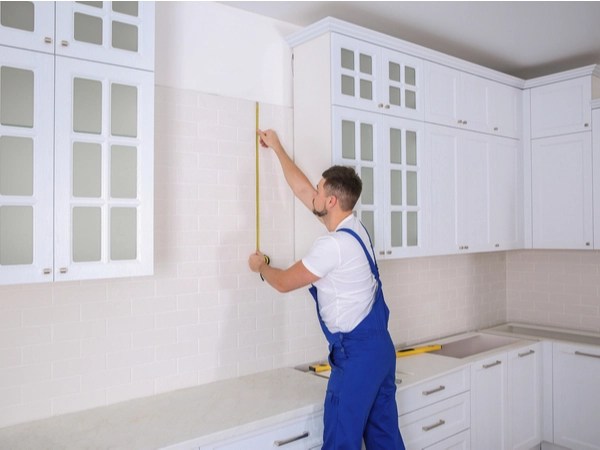
How To Install Wall And Base Kitchen Cabinets Using The Best 14 Steps

How To Install Kitchen Cabinets The Wall And Floor With Ease

Using Diffe Wall Cabinet Heights In Your Kitchen

Upper Cabinet Height For Kitchens Solved Bob Vila
Related Posts


